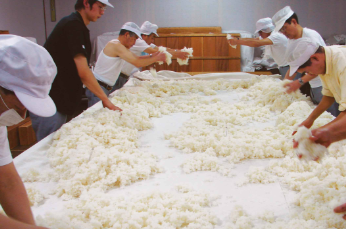Knowledge of sake
Sourced in Hokkaido 3 varieties of shuzo-kotekimai
Following the planting of “Hatsushizuku” in 1998, Hokkaido now has three varieties of shuzo-kotekimai that are grown throughout the island. These include: Ginpu, Suisei, and Kitashizuku. Quality of sake-brewing rice leans heavily on the ratio of protein contained in the rice, and the lower the quantity, the higher the quality. Shuzo-kotekimai grown in Hokkaido does not pale against other prefectures where protein concentration is concerned, and recent years have seen an increase in breweries, both within and outside of Hokkaido, that prefer sake rice sourced in Hokkaido.
- The variety responsible for the popularity of Hokkaido-grown sake rice
- Shinpaku (opaque white core): *1 Large and clearly visible appearance
- Brews a sake that has a mellow aroma
- ※1
- *1 The opaque-white core of a rice grain. Cells in this area are coarsely joint together to form the structure. ① Creates the perfect environment for which koji bacteria can be cultivated ② Good absorption of water ③ Blends well inside the fermenting mash. These are some of the reasons why it is thought that the larger the grain, the more fitting it is for sake-brewing.
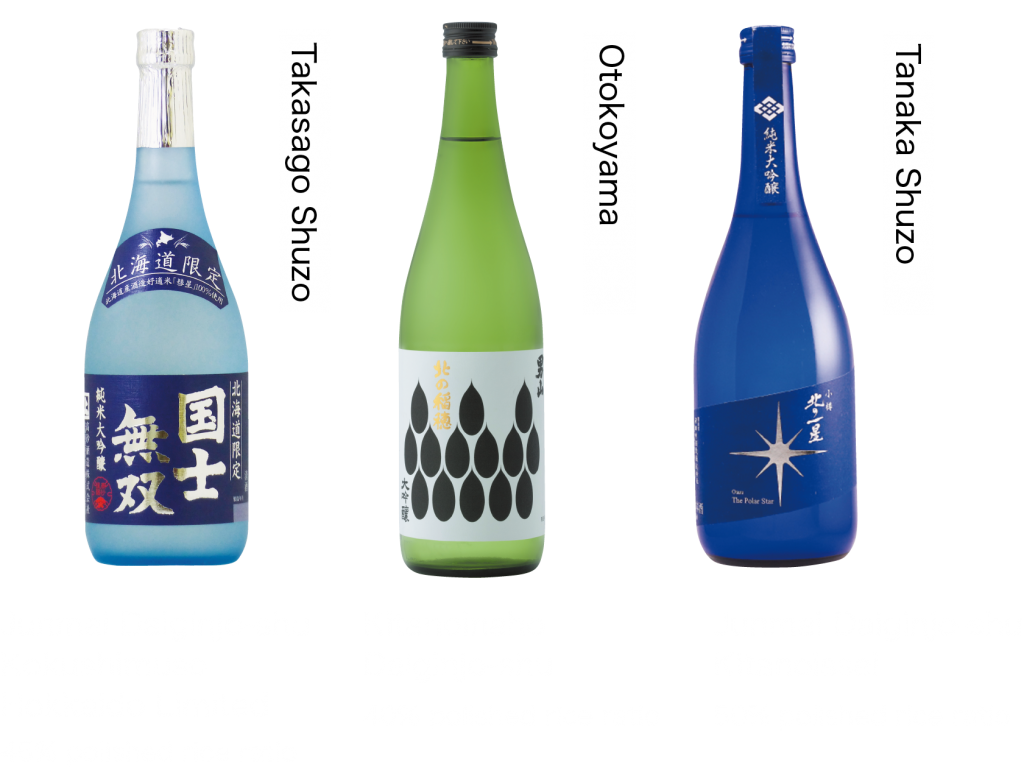
- Low protein content
- Thousand kernel weight *2 is heavier with larger grain size, high absorbency
- Brews a light-tasting and crisp sake
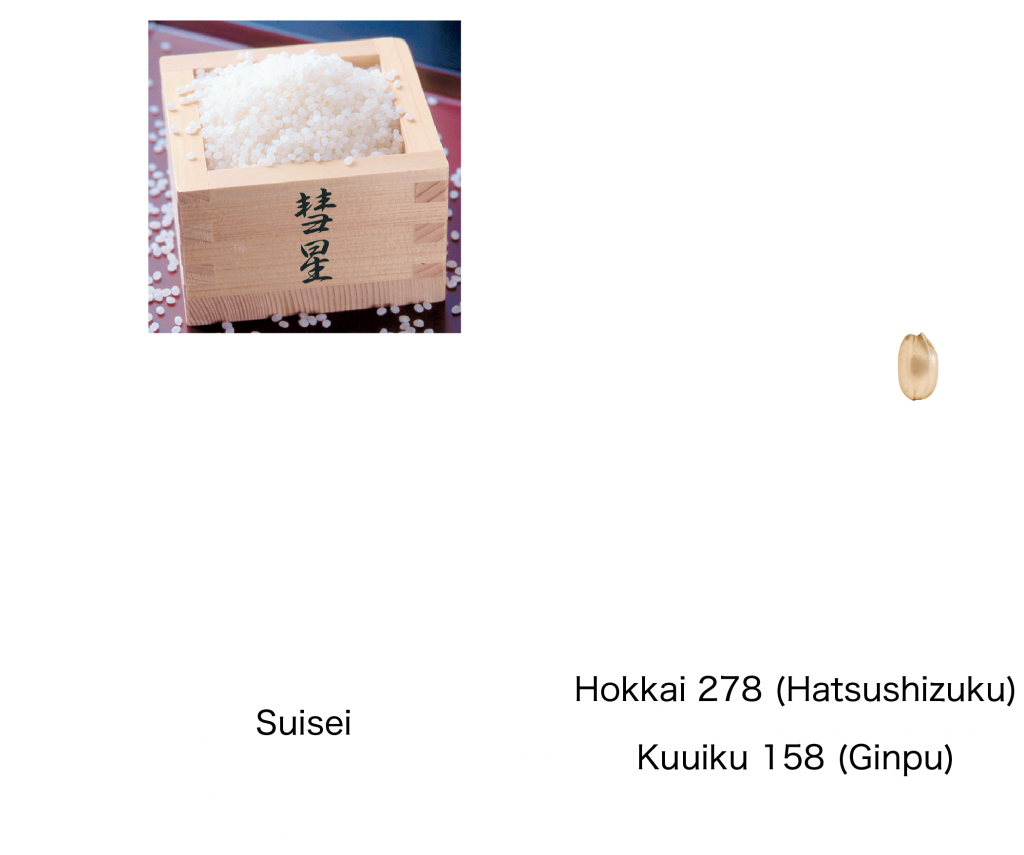
- ※2
- *2 One of the indicators used to determine the quality of produce. 1,000 randomly chosen grains determine the weight of the grain. The weight of sake rice, which is larger in size, weighs on average 28 grams, give or take a few grams, whereas regular rice for consumption weighs between 20-25 grams.
- Has both a good Shinpaku* manifestation rate, and high yield.
- Highly cold-resistant, making stable production possible.
- Has minimal off-flavors, allowing for a mild-tasting sake.
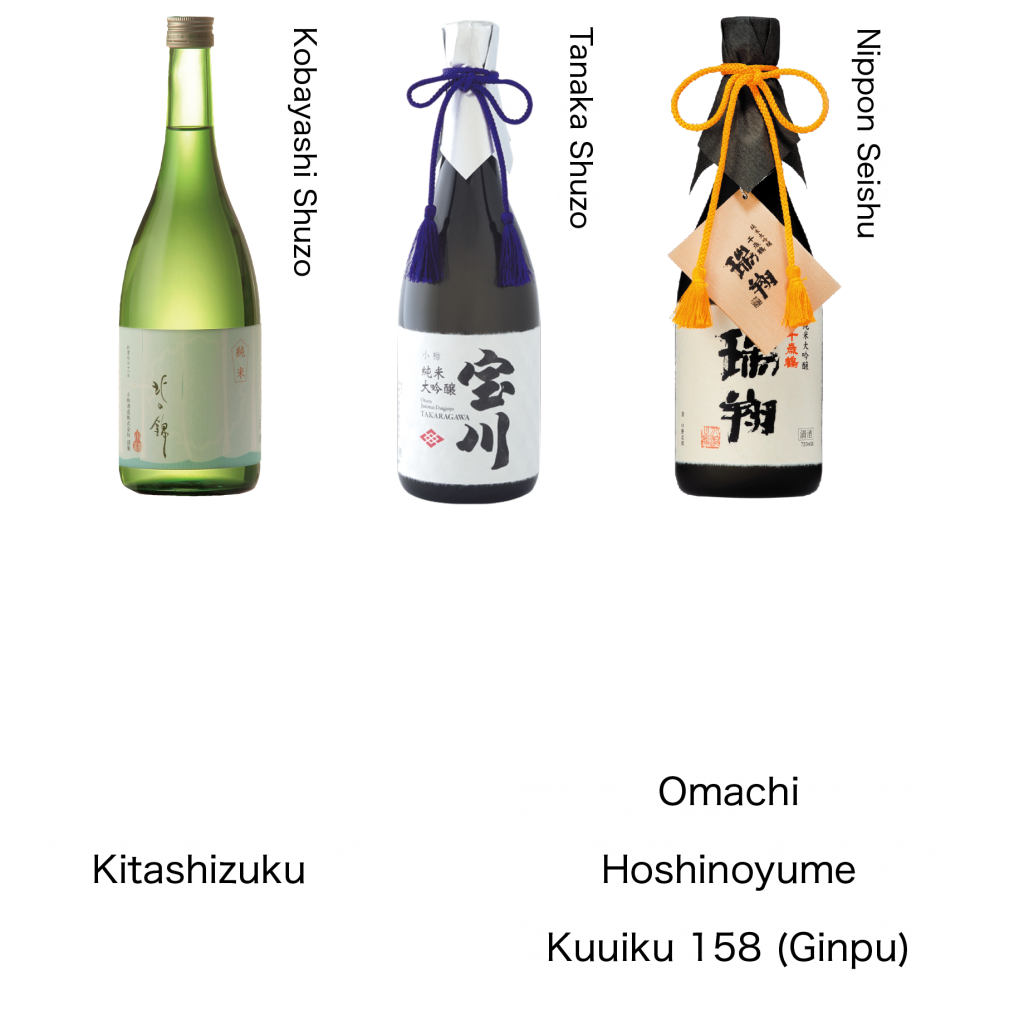
What Sake Brewing Rice Is
Rice used for brewing sake requires many elements not present in rice used for regular consumption.
First, it must have a low protein content. The main chemical found in rice is carbohydrates and proteins.
Proteins are mainly found on the outer layer of the rice, and is often the cause of off-flavors in sake, such as bitterness or acridity.
Brewing rice is polished on the outside to remove the outer layer containing large quantities of proteins, which means a larger grain is more fitting. The rice must also have what is known as “shinpaku,” or the white core of the rice grain. It is not present in rice produced for consumption. The shinpaku is very soft, and creates the perfect venue in which koji bacteria can be cultivated.
